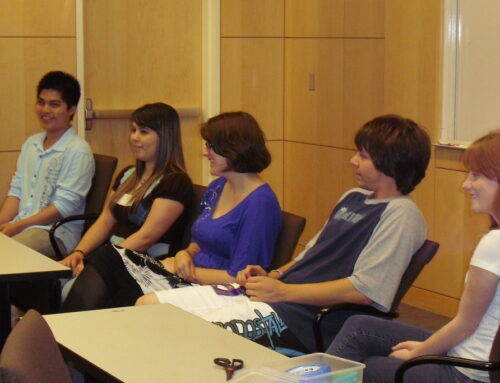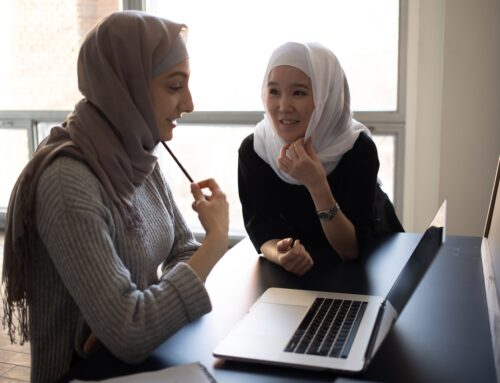The decision to study in the United States is an exciting one for international students, marking the beginning of a journey towards expanded horizons, cultural immersion, and academic growth. One of the most crucial steps in making this dream a reality is obtaining the appropriate student visa. Specifically, the Student F Visa is a popular choice for individuals seeking to pursue their studies at U.S. universities and colleges.
The F-1 Student Visa is a nonimmigrant visa designed for international students who wish to study at institutions certified by the Student and Exchange Visitor Program (SEVP). As you navigate the application process and evaluate the benefits and limitations of obtaining a Student F Visa, it’s important to be well-informed about the eligibility criteria, types of student visas, and the various steps involved in securing your place in an American educational institution.
Key Takeaways
- The F-1 Student Visa allows international students to study in the U.S. at SEVP-certified institutions.
- Eligibility for the F-1 Visa depends on factors such as acceptance into a certified program and financial stability.
- The application process involves submitting documentation, attending a visa interview, and managing SEVIS requirements.

Photo by Mohamed hassan
What is a Student F Visa?
A Student F Visa is a type of nonimmigrant visa that allows international students to study in the United States. There are two main types of Student F Visas: the F-1 and M-1 visas. Both visas have specific requirements, benefits, and limitations.
The F-1 visa is for international students who wish to attend an accredited college, university, or secondary school in the United States. When granted an F-1 visa, you can pursue a full-time academic course of study and, in some cases, gain authorization to work on-campus or engage in practical training related to your field of study. The M-1 visa is designed for those pursuing vocational and nonacademic studies, such as trade or technical schools.
To apply for a Student F Visa, you need to be accepted by a U.S. educational institution certified by the Student and Exchange Visitor Program (SEVP) under the U.S. Immigration and Customs Enforcement (ICE). After being accepted, you’ll receive an I-20 form, which you’ll need to submit as part of your visa application to the United States Citizenship and Immigration Services (USCIS).
Navigating the application process may feel daunting, but with proper guidance and preparation, it can be accomplished. The Everything You Need to Know About Applying for a Student Visa: Quick and Easy Guide provides helpful information on required documentation, fees, and interview preparation for your visa application.
Remember to maintain your F-1 or M-1 visa status once you arrive in the United States by following the rules and restrictions associated with your visa type. This includes maintaining a full-time course load and abiding by any work authorization limitations.

Eligibility and Requirements
When considering studying in the United States, one of the key aspects you need to be aware of is the eligibility and requirements for obtaining a Student F Visa. This type of visa is designed for full-time students seeking to pursue a degree, diploma, certificate, or language training program in the country.
To be eligible for a Student F visa, you must first be enrolled in an approved educational institution in the United States. This means that you will need to provide proof of acceptance to the institution, demonstrating that you will be participating in a full-time course of study.
Furthermore, you will need to show that you have sufficient financial resources to cover your tuition, fees, and living expenses while studying in the United States. This may include bank statements, sponsorship agreements, or other financial documents that clearly indicate your ability to support yourself during your studies.
Additionally, you must have a genuine intent to return to your home country after completing your educational program. This can be demonstrated through various factors, such as family ties or employment prospects in your home country.
In summary, obtaining a Student F visa involves meeting eligibility requirements related to your status as a full-time student, financial capabilities, and intention to return to your home country upon completion of your studies. Make sure to have the necessary documentation and evidence to prove your eligibility and be well-prepared for the application process.
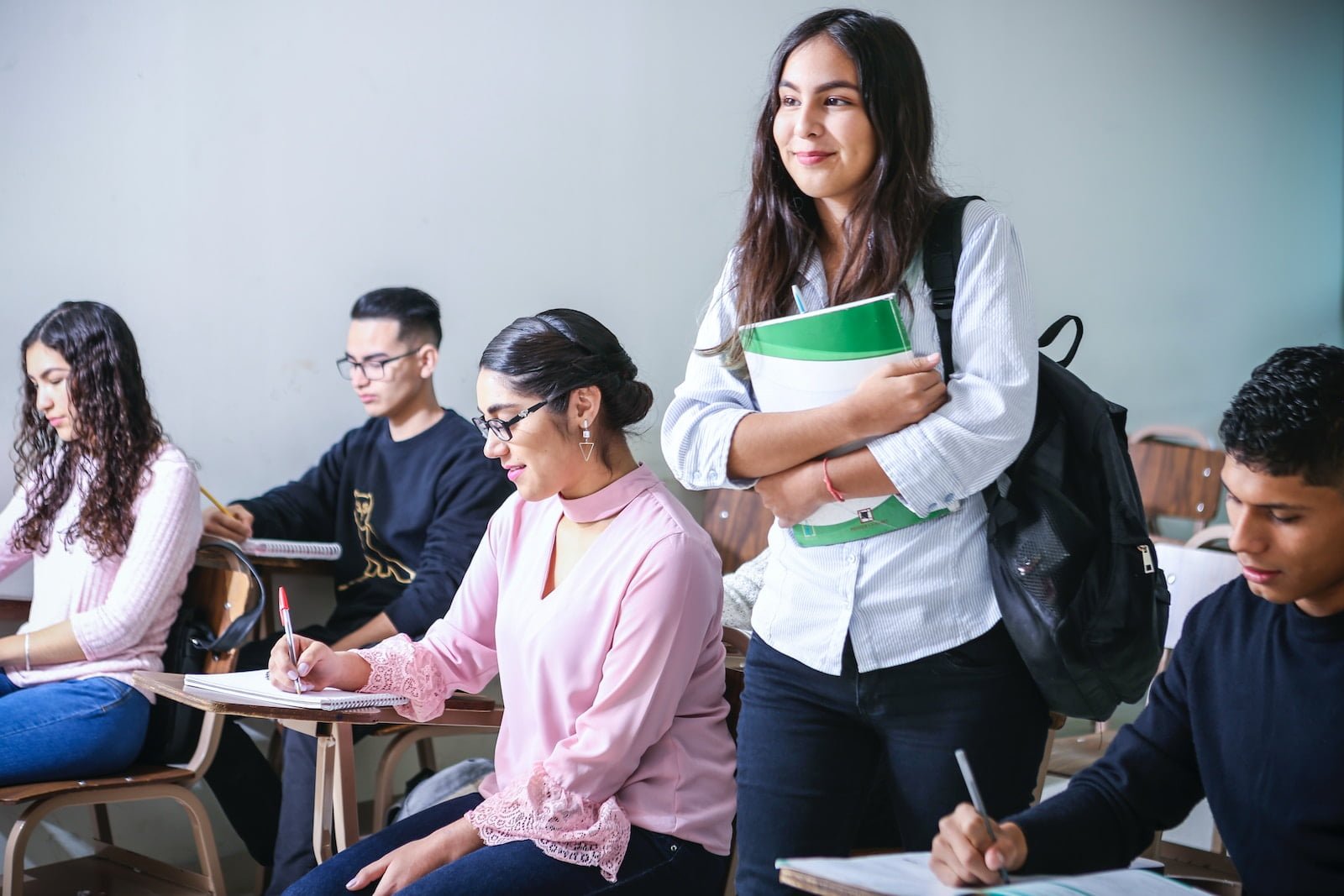
Photo by javier trueba
Types of Student Visas
There are various types of visas for international students who want to study in the United States. The three most common are the F-1, J-1, and M-1 visas.
F-1 Visa is primarily for academic studies. If you’re planning to attend a university, college, high school, or elementary school, you’ll likely need an F-1 visa. This visa is quite popular among international students because it grants flexibility and includes options for on-campus employment, as well as off-campus employment under specific conditions.
J-1 Visa, or the Exchange Visitor Visa, caters to individuals participating in cultural exchange programs. Exchange students, scholars, teachers, and trainees are some examples of people who might need a J-1 visa. The purpose of these programs is to foster mutual understanding between countries and build global connections.
M-1 Visa is designed for students wishing to pursue vocational or non-academic programs. If you’re enrolled in a technical school, community college, or other institution focusing on vocational education, you’ll want to look into obtaining an M-1 visa.
Before applying for any of these visas, it’s important to understand your specific educational goals and the eligibility requirements for each type. Once you’re well-informed about the differences between these visas, you’ll be better equipped to make the right choice for your situation.
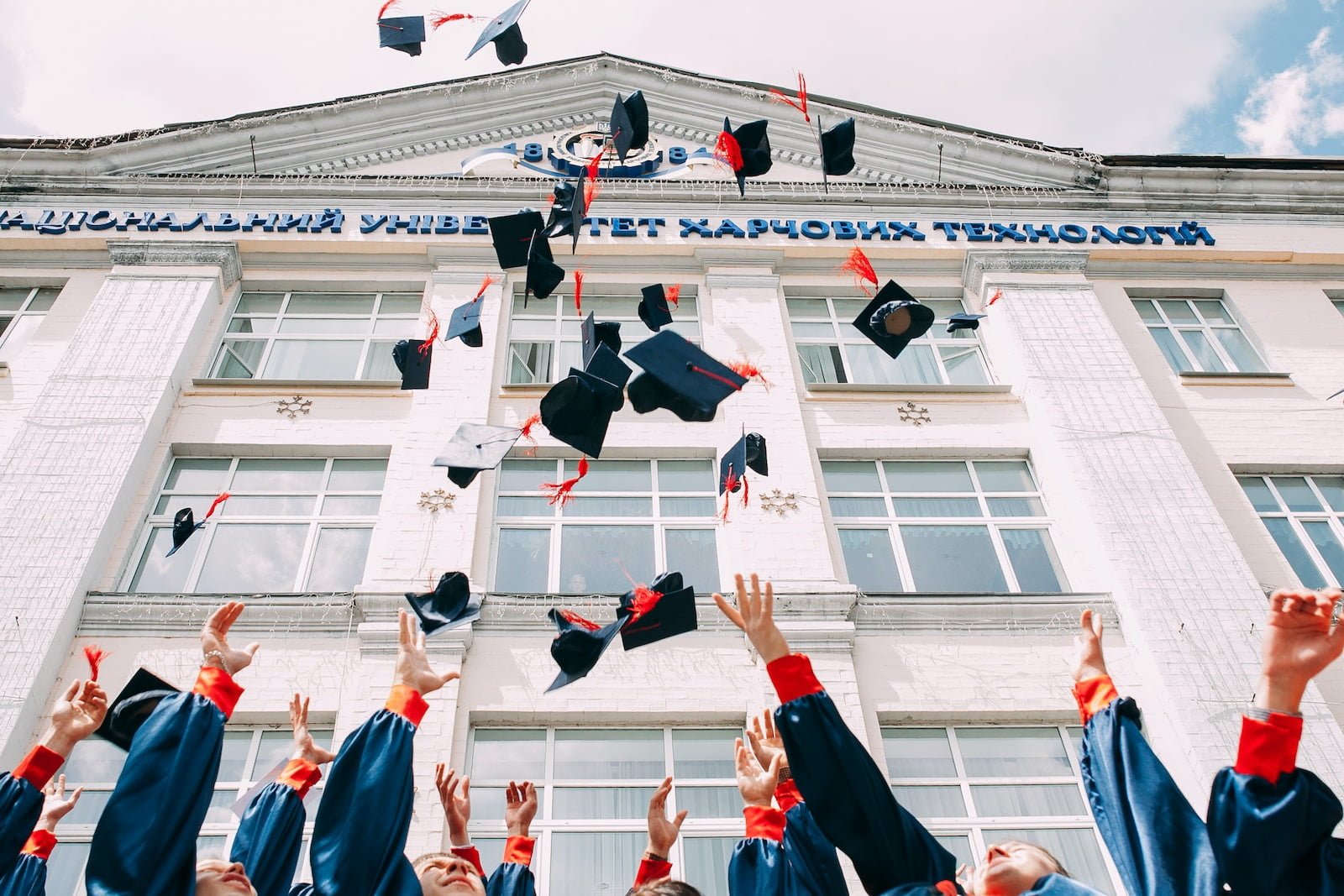
Application Process
When considering studying in the United States, it is crucial to understand the application process for obtaining a student F Visa. The first step in applying for a nonimmigrant visa is to complete the Form I-20 provided by the school or program you plan to attend. This form is a certificate of eligibility issued by your school, which is an essential document for your visa application.
Once you have the Form I-20, you will need to pay the I-901 Student and Exchange Visitor Information System (SEVIS) fee, which is required for all international students. After paying the SEVIS fee and receiving the payment confirmation, you can begin your visa application by completing the DS-160 form.
Be prepared to provide a passport-sized photo during the application process. This photo must meet the U.S. Department of State’s photo requirements. You will also need to pay the non-refundable visa application fee.
With your completed Form DS-160, payment confirmation for the visa application fee, and the Form I-20, you are ready to schedule an appointment at the nearest U.S. Embassy or Consulate. When attending your appointment, be sure to bring all required documents with you, including a valid passport, the Form DS-160 confirmation page, and your Form I-20.
While waiting for your appointment, it’s essential to prepare for your visa interview. Familiarize yourself with the common questions asked during student visa interviews and be ready to explain your study plans, financial means, and intentions to return to your home country after completing your program.
Processing times for visa applications can vary depending on the embassy, consulate, and other factors. Ensure your application is processed smoothly and efficiently by staying informed about processing times and remaining organized throughout the entire process.
By carefully following these steps and staying organized, you will be well on your way to obtaining your student F Visa, allowing you to study in the United States and achieve your academic goals.

Visa Interview and Wait Time
The visa interview is an essential part of the F-1 student visa application process. During the interview, a consular officer will ask questions about your background, education, and intentions to study in the United States. This helps determine whether or not you meet the eligibility criteria to obtain a student visa.
Before attending your visa interview, it’s important to prepare by familiarizing yourself with the purpose of the interview and studying the requirements. Keep in mind that the officer will assess your understanding of the application process, as well as your commitment to your academic goals.
One major factor you should anticipate is the wait time for visa interview appointment scheduling. The estimated wait time for an interview appointment at a U.S. embassy or consulate depends on workload, staffing, and varies from week to week. Unfortunately, there’s no specific time frame, and it’s essential to be patient with this part of the process.
During your interview, you’ll also be subject to a security screening. This is a standard procedure in which the consular officer will evaluate potential security concerns within your profile. It’s important to be as transparent as possible while answering questions, to minimize any potential issues.
In conclusion, the visa interview and wait time are crucial steps in obtaining your F-1 student visa. Proper preparation, patience, and transparency will help you navigate the process and lead you on the path towards your academic goals in the United States.
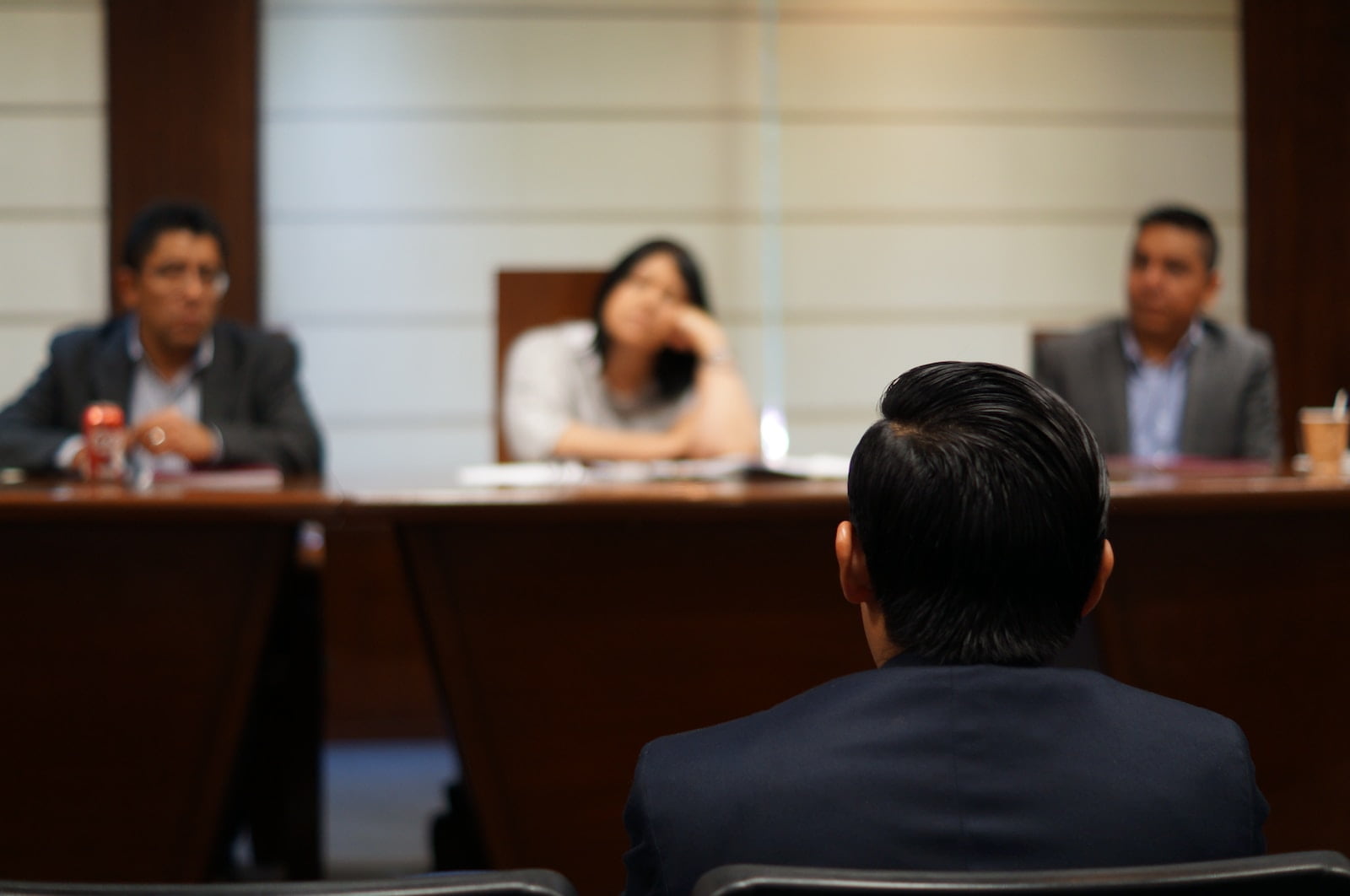
Student and Exchange Visitor Information System (SEVIS)
The Student and Exchange Visitor Information System (SEVIS) is a crucial part of your experience obtaining a Student F Visa. This web-based system helps the U.S. Department of Homeland Security maintain information about F-1 and M-1 students, their schools, and their dependents.
SEVIS assigns each student an ID number and generates individual records to track their status, enrollment, and personal information. As an F-1 visa holder, you’ll be enrolled in the Student and Exchange Visitor Program (SEVP), which is responsible for overseeing and regulating your stay in the United States.
It’s essential to regularly update your SEVIS records during your study in America. As an F-1 student, you have to provide information such as:
- Changes in address or contact information
- Any changes to your academic program
- Updates regarding your employment status
Ensuring your SEVIS records are up to date will help you maintain legal status in America and avoid potential immigration issues. Furthermore, staying compliant with the SEVIS reporting requirements is crucial for successfully obtaining your green card in the future, either through refugee or asylum status or other options.
In conclusion, staying compliant with the SEVIS requirements is a vital aspect of your journey as an F-1 student visa holder. Stay informed about your reporting obligations, and update your information promptly to make the most of your educational experience in the United States.
Frequently Asked Questions
What are the benefits and drawbacks of the US education system for international students?
The US education system offers numerous benefits for international students, such as renowned institutions, diverse courses, and opportunities for research and innovation. However, there are also drawbacks, such as high tuition costs, cultural adjustments, and expenses of living internationally.
How does the F1 visa impact international students’ work opportunities?
An F1 visa allows international students to work in the United States under specific conditions, such as on-campus employment and optional practical training. However, work hours and types of jobs are restricted, requiring students to carefully navigate the rules to maintain visa status.
What are the requirements for applying for a Student F Visa?
To apply for a Student F Visa, you must be enrolled in an accredited academic institution, prove financial solvency, and have a valid passport. You also need to provide an I-20 form, pay the SEVIS fee, and schedule an interview with a US consulate or embassy. During the interview, be prepared to answer questions about your study plans and intentions.
How do new F1 visa rules in 2023 affect students?
New F1 visa rules may impact students by altering regulations around work opportunities, visa extensions, and adjusting of status. It is essential to stay informed and follow guidelines provided by immigration authorities, such as the United States Citizenship and Immigration Services (USCIS).
Can you be a part-time student on an F1 visa?
No, F1 visa students are required to maintain full-time enrollment at an accredited institution. Full-time enrollment usually requires a minimum number of credit hours per semester. Failure to maintain full-time enrollment may jeopardize your visa status and lead to possible revocation.
What challenges may students face while staying in the US on an F1 visa?
Students on an F1 visa may face challenges such as cultural adjustment, language barriers, homesickness, financial difficulties, and limited work opportunities. Additionally, navigating the complexities of the U.S. immigration court system and keeping up with changing regulations can pose challenges for F1 visa students.


